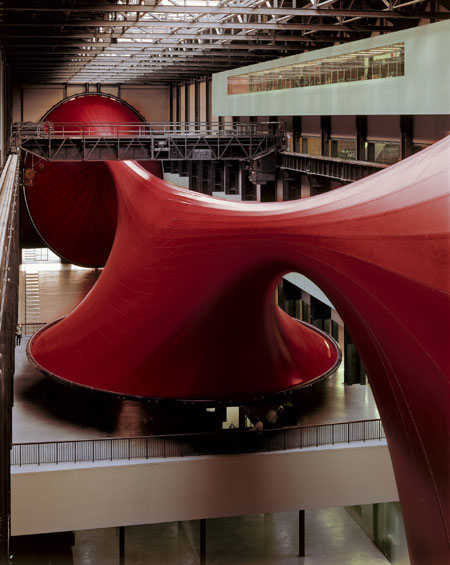Jeffrey "Jeff" Koons (born January 21, 1955) is an American artist known for his reproductions of banal objects—such as balloon animals produced in stainless steel with mirror finish surfaces.
Koons' work has sold for substantial sums of money including at least one world record auction price for a work by a living artist. The largest sum known to be paid for a work by Koons is Balloon flower (Magenta) which was sold at Christie's London, on Monday, June 30, 2008 (Lot 00012) in the Post-War & Contemporary Art Evening Sale, where it sold for £12,921,250 or $25,765,204.
Critics are sharply divided in their views of Koons. Some view his work as pioneering and of major art-historical importance. Others dismiss his work as kitsch: crass and based on cynical self-merchandising. Koons has stated that there are no hidden meanings in his works.
(http://en.wikipedia.org/wiki/Jeff_Koons)

Balloon Dog (yellow), 1994-200
High chromium stainless steel with transparent color coating
121 x 143 x 45 in.

Puppy, 1992
variety of flowers on a stainless steel substructure
12.4 m

Michael Jackson and Bubbles, 1988
Porcelain/Ceramic Blend
42 x 70.5 x 32.5 in.




































